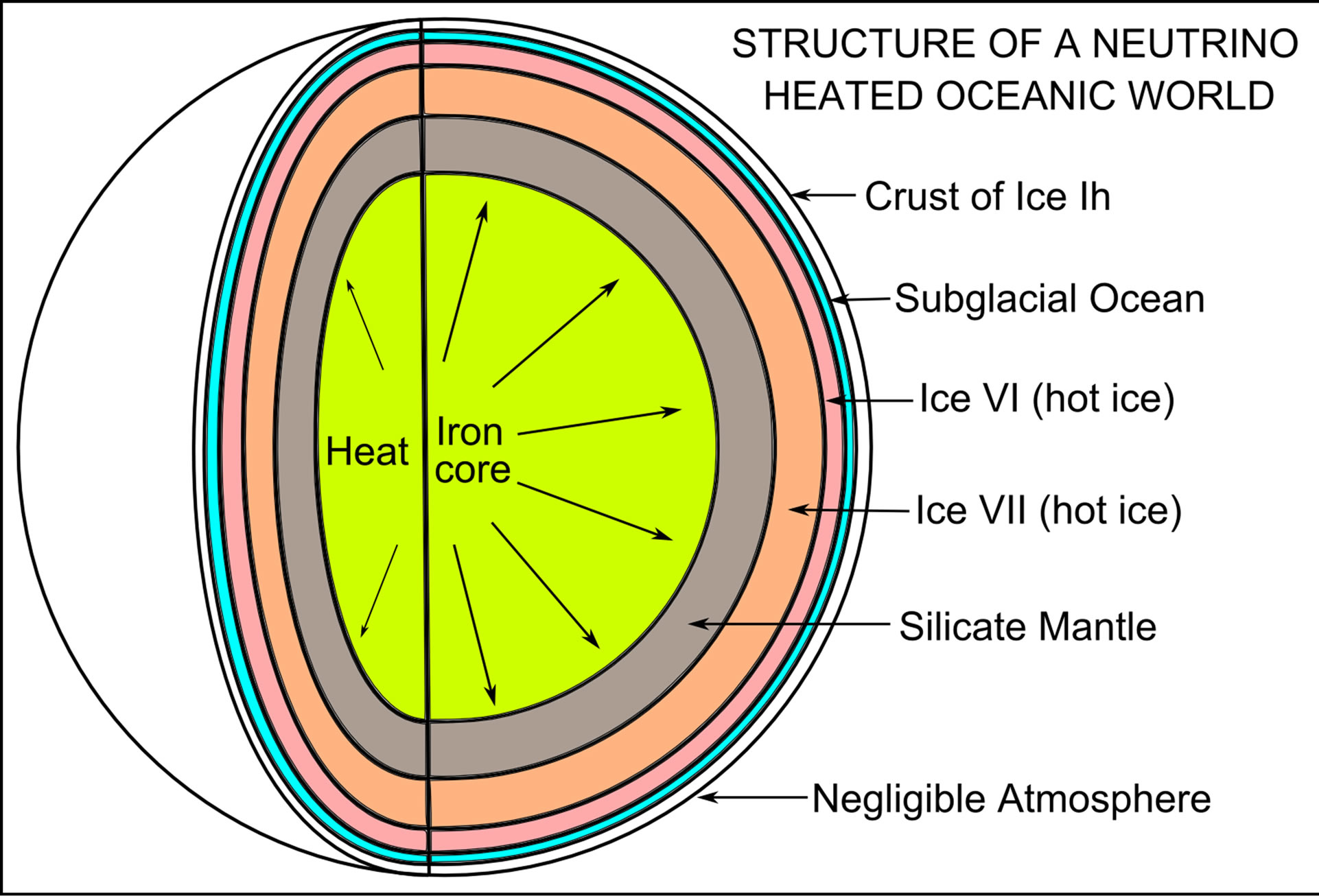Got to: Galaxyship Part 1
Robert Burruss’s Galaxy Ship was an existence proof of an idea to colonize a whole Galaxy – specifically M 31, which is a Spiral Galaxy like our own some 2.55 million light-years distant. Our own Galaxy is 125,000 light years wide, meaning M 31 is 20 times as far away. Our star, the Sun, orbits a mere 26,500 light-years from the centre of our Galaxy, once every 200 million years, so the voyage to M 31 would take 3 billion years if the Sun was aimed directly at it.
Burruss proposed to travel there at 0.4 lightspeed, some 120,000 km/s. The trip would take about 6.5 million years and the 1,000 mile wide Galaxyship would break up into a billion pieces, spreading itself far and wide through-out M 31. There’s 6.5 million years between our present and the ape-like ancestors we share with Chimpanzees. What strange adaptations would change the intergalactic travelers on such an epic journey? Would they adapt to low air pressure and low gravity, growing to a stately, slow-paced metabolic rhythm more able to survive the low temperatures of the void around them? Could they guide their evolution and develop the ability to undergo reversible dehydration, becoming mummies for millennia at a time, to revive for maybe a year, then retreat back into the cryptobiosis of their dehydrated form?
Life would find a way, but to avoid needless suffering, I suspect they’d need to take charge of their evolution and modify themselves to match the temporal scale of their undertaking.
However the trip might not be enough and the resources of a Galaxyship too few for an even greater task. A true Starship would be needed – a star traveling at a significant fraction of the speed of light, with a retinue of planets for sustaining life. In the Milky Way’s Centre lies the great Black Hole, some 4.3 million times the mass of the Sun. A white dwarf star, with a close orbiting planet, could be flung out by a near miss of the Black Hole at up to 0.5 c. Such a Starship would be aimed towards the heart of the local Galactic Cluster, some 54 million light-years distant – Mighty Virgo. The trip would last 120 million years. In that same span, our Order of animals, the Mammals, have undergone many changes, but we’re still mammals. We all appeared in about half that span. Everything from mice, whales to bats, as well as us clever apes.
Why Virgo? In several trillion years, long after our Sun grows cold, the Galaxies will hurtle beyond reach. To sustain life for 10 trillion trillion years, the large Galactic Clusters need to be engineered and remade to produce planets able to retain ‘dark matter’ in the form of neutrinos, to provide life giving energy in their iron cores. That’s a cosmic imperative, which all Life will need to adapt itself to, to survive.
 Neutrino Heated Planet
Neutrino Heated Planet

